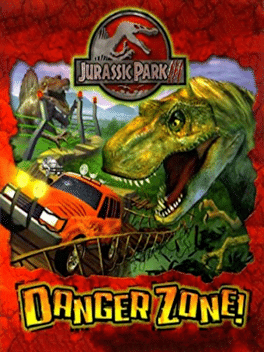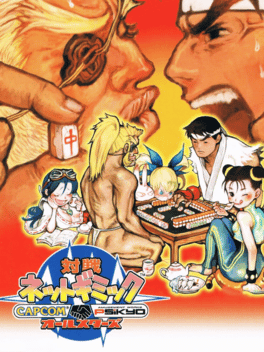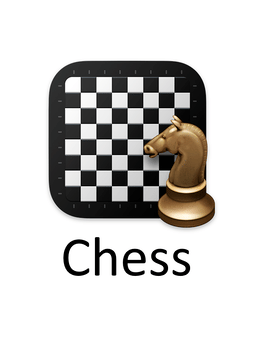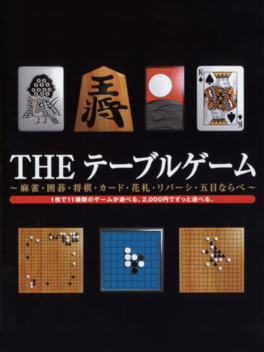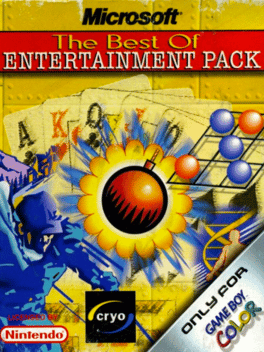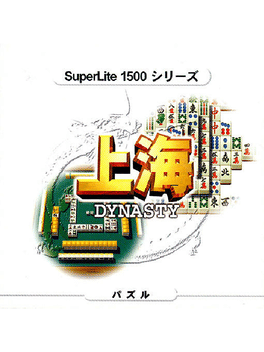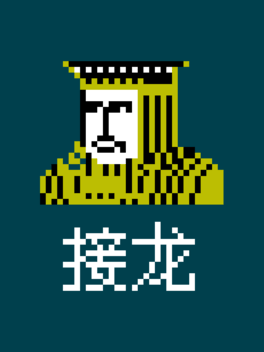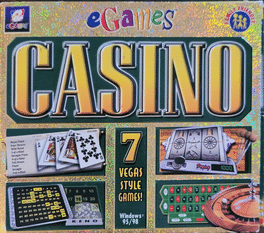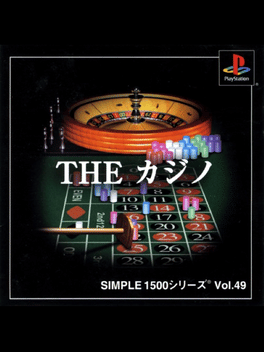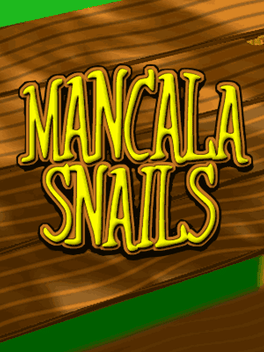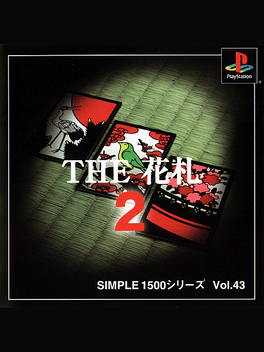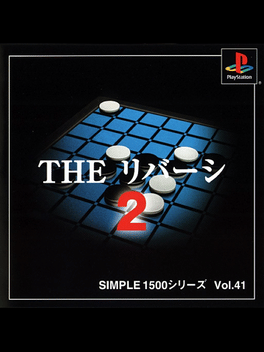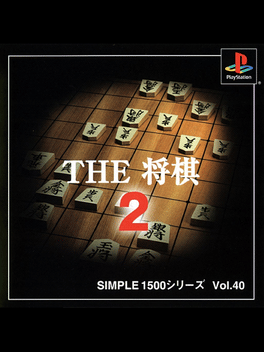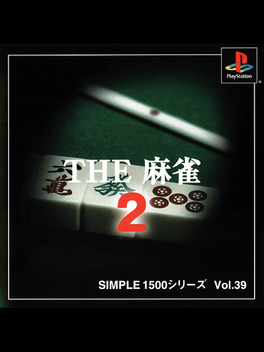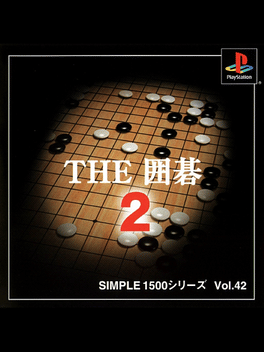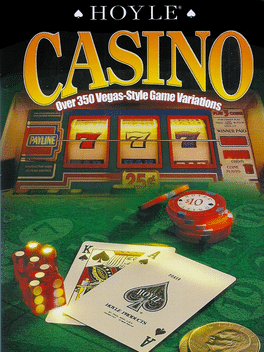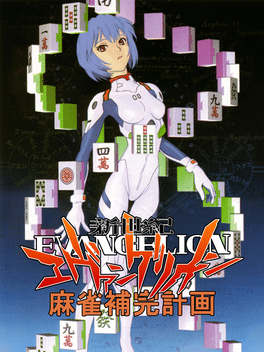New Gamegear Games - Page 52
-
Dokodemo Hamster 4: Doki-doki Sugoroku Daibouken!
2001
Dokodemo Hamster 4: Doki-doki Sugoroku Daibouken! is the fourth game in the Dokodemo Hamster series. In the game the player controls one of 4 different hamsters in a 2d board game that takes place in different parts of an island. The gameplay is the usual in a board game since the player roll a dice to reach different squares of the board, there are mini games and other events around each board table, and the player that win is the one that reachs the end of each board first. -
Mahjong Police
2001
Mahjong Police
2001
Play as new detective that goes around different prefectures of Japan to solve cases. In order to gather information about the culprit the player must defeat witnesses in a game of Mahjong. After gathering enough information about the culprit, the player accuses the culprit of the crime and plays him in a game of Mahjong before sending him to jail. -
Jurassic Park III: Danger Zone
2001
Jurassic Park III: Danger Zone is an interactive video board game set in Jurassic Park. -
Taisen Net Gimmick: Capcom & Psikyo All Stars
2001
Psikyo and Capcom's top dogs clash in an epic battle of... mahjong!? -
Chess
2001
Chess
2001
Use Chess on your Mac to play a match online, against your computer or even against yourself. -
Simple 2000 Series Vol. 1: The Table Board
2001
Simple 2000 Series Vol.001 - The Table Board that features different games: Mahjong, Igo, Go, Reversi, Hanafuda, card games, etc. The game also features another mode in which the player controls the boy that have to rescue the girl from a fantasy kindgom playing all the different games through the game (mahjongs, igo, go, reversi, hanafudas, etc) in the different places of that kingdom. -
The Best of Microsoft Entertainment Pack
2001
A trimmed-down port of "The Best of Microsoft Entertainment Pack" for PC, including the following titles: - FreeCell - LifeGenesis - Minesweeper - SkiFree - TicTactics - TriPeaks - Tut's Tomb -
Shanghai: Dynasty
2001
Shanghai: Dynasty
2001
PSX Port of "Shanghai: Dynasty". Released as part of the SuperLite 1500 series. Introducing Shanghai: Dynasty, with four royally addictive tile-matching games to render you powerless - including revolutionary multiplayer variations of the long-standing ruler of puzzle games. And for the first time in history, Shanghai represents the centuries-old tradition of Mah-Jongg. Shanghai: Destiny has come to power fall under its domination. -
Solitaire
2000
-
Casino by eGames
2000
Casino by eGames
2000
7 Vegas Style Games! Now you can enjoy casino action right in the comfort of your own home. eGames CASINO is packed with 7 exciting games including BlackJack, Roulette, Video Poker, Slots and Keno. The super realistic 3D table layouts, casino background noises and dealer voice cues along with the awesome graphics and fantastic animation are sure to make you feel like you're in the middle of Vegas winning the big money prizes! Includes: Western Slots, U.S. Slots, Galaxy Poker, Castle Poker, Roulette, Keno & BlackJack - Cool sounds & animated graphics! - Scores are tracked so you can take your winnings to other games! Platforms: Windows 95/98 -
Simple 1500 Series Vol. 49: The Casino
2000
Simple 1500 Series vol. 49: The Casino is a gambling game with some adventure elements, the game has a story mode in which the player is a man that arrives at a town and when he is in the airport he lost all his money but finds a coin of 50 and he decide to play in the casino to earn enough money to leave town. In the Casino he can play gambling games like Roulette, Card Slot, Card games, Horse racing bet, Tetris, etc -
Mancala Snails
2000
Mancala Snails
2000
Mancala Snails is a Flash game by RocketSnail based on the Mancala board game, which was later incorporated into Club Penguin. -
Simple 1500 Series Vol. 43: The Hanafuda 2
2000
Simple 1500 Series vol. 43: The Hanafuda 2 is the second hanafuda game in the Simple 1500 series and also features a character creation mode in which the player can customize his character appearence (hair, eyes, face, etc) and them compete against different computer opponents in a sort of story mode. The game also has a free mode. -
Simple 1500 Series Vol. 41: The Reversi 2
2000
Simple 1500 Series vol. 41: Reversi 2 is a reversi game that features a character creation mode in which the player can customize his character appearence (hair, eyes, face, etc) and them compete against different computer opponents in a sort of story mode. The game also has a free mode. -
Simple 1500 Series Vol. 40: The Shogi 2
2000
Simple 1500 Series vol. 40: The Shogi 2 is a shogi game that some difficulty levels and a tutorial. -
Simple 1500 Series Vol. 39: The Mahjong 2
2000
Simple 1500 Series vol. 39: The Mahjong 2 is a four players mahjong game in which the player can compete against three computer opponents to see if he can win the matchs. The game features also a quiz mode and a tutorial. -
Simple 1500 Series Vol. 42: The Igo 2
2000
Simple 1500 Series Vol. 42: The Igo 2 is the second igo game in the Simple 1500 series and also features a character creation mode in which the player can customize his character appearence (hair, eyes, face, etc) and them compete against different computer opponents in a sort of story mode. The game also has a free mode. -
Hoyle Casino
2000
Hoyle Casino
2000
Set in a virtual Las Vegas casino, players create profiles and are given a set amount of virtual money. A player can then visit any part of the virtual casino and wager their virtual money as they could in a real casino. The game offers instant access to the rules for each game, as well as real time tips and strategies as the player plays a game. Hoyle Casino features 25 default characters to choose from, or players can simply create their own unique custom character. -
Kisou Jidaigeki Sugoroku: Shinobi No Roku
2000
Kisou Jidaigeki Sugoroku - Shinobi No Roku is a curious board game in which the player controls a group of ninja characters that will advance through different board tables using different kind of objects and battle cards. To advance the game displays a battle screen when they encounter an enemy. -
Shinseiki Evangelion Mahjong Hokan Keikaku
2000
A traditional mah-jong game starring the cast of the popular anime series.


